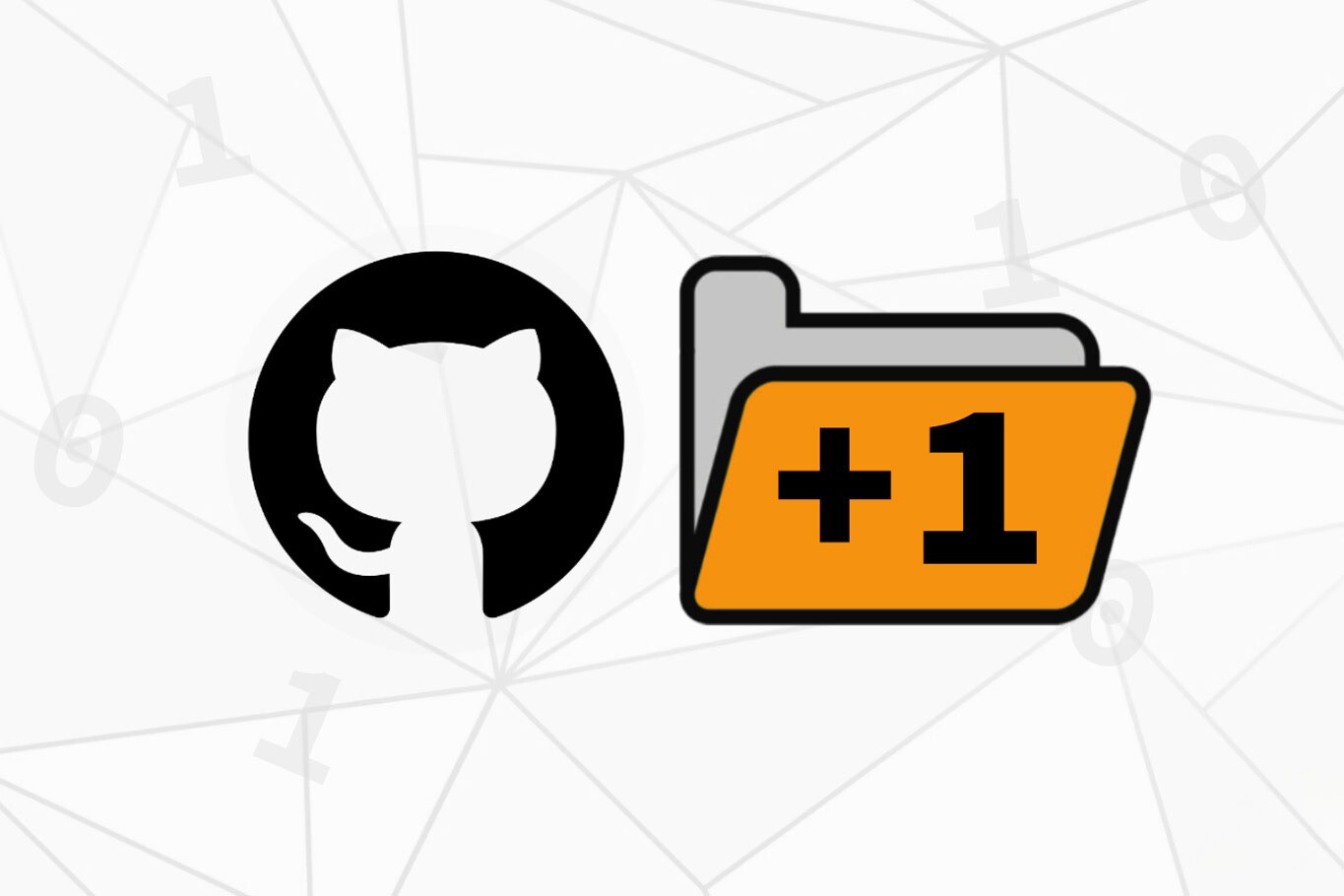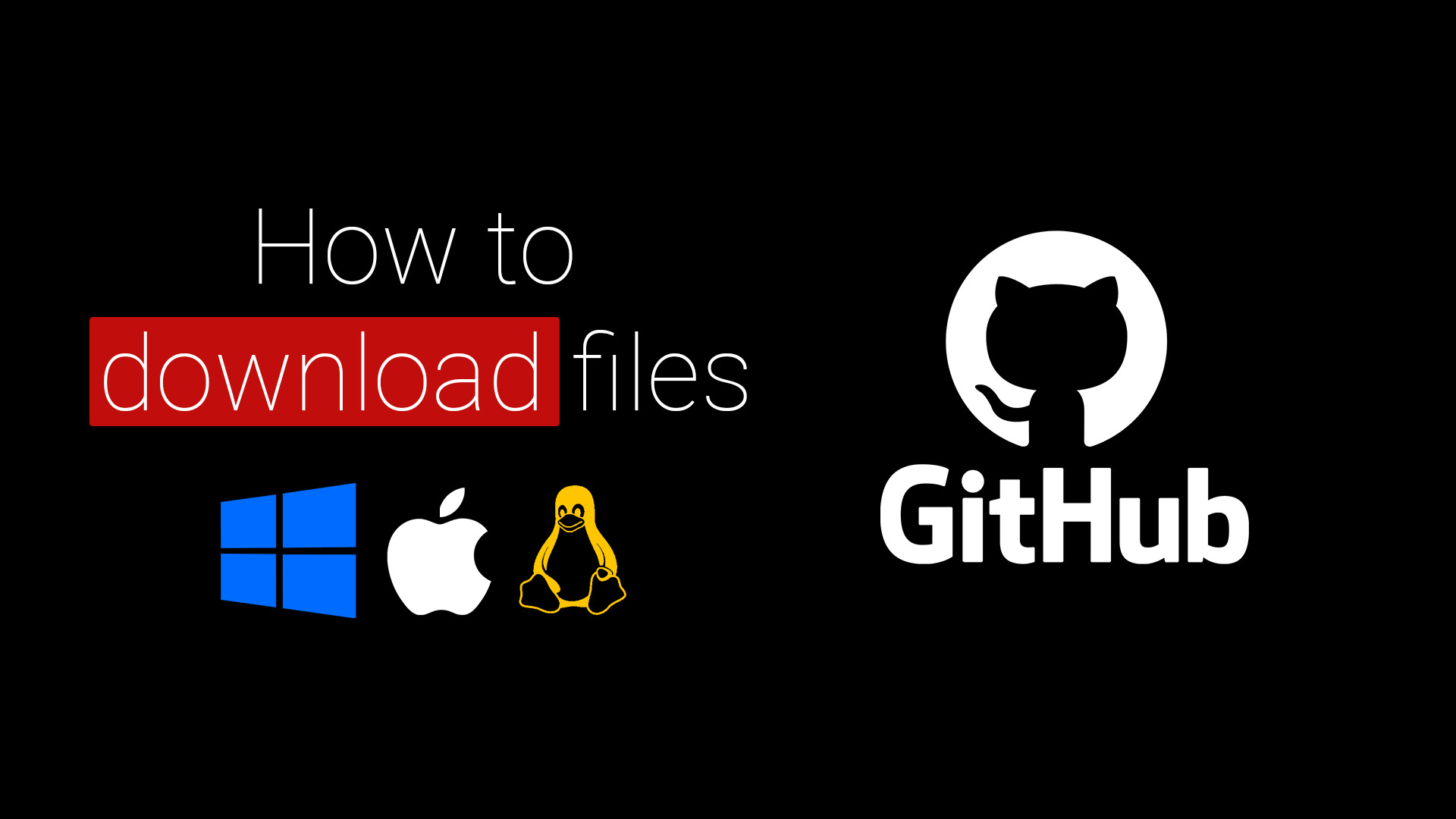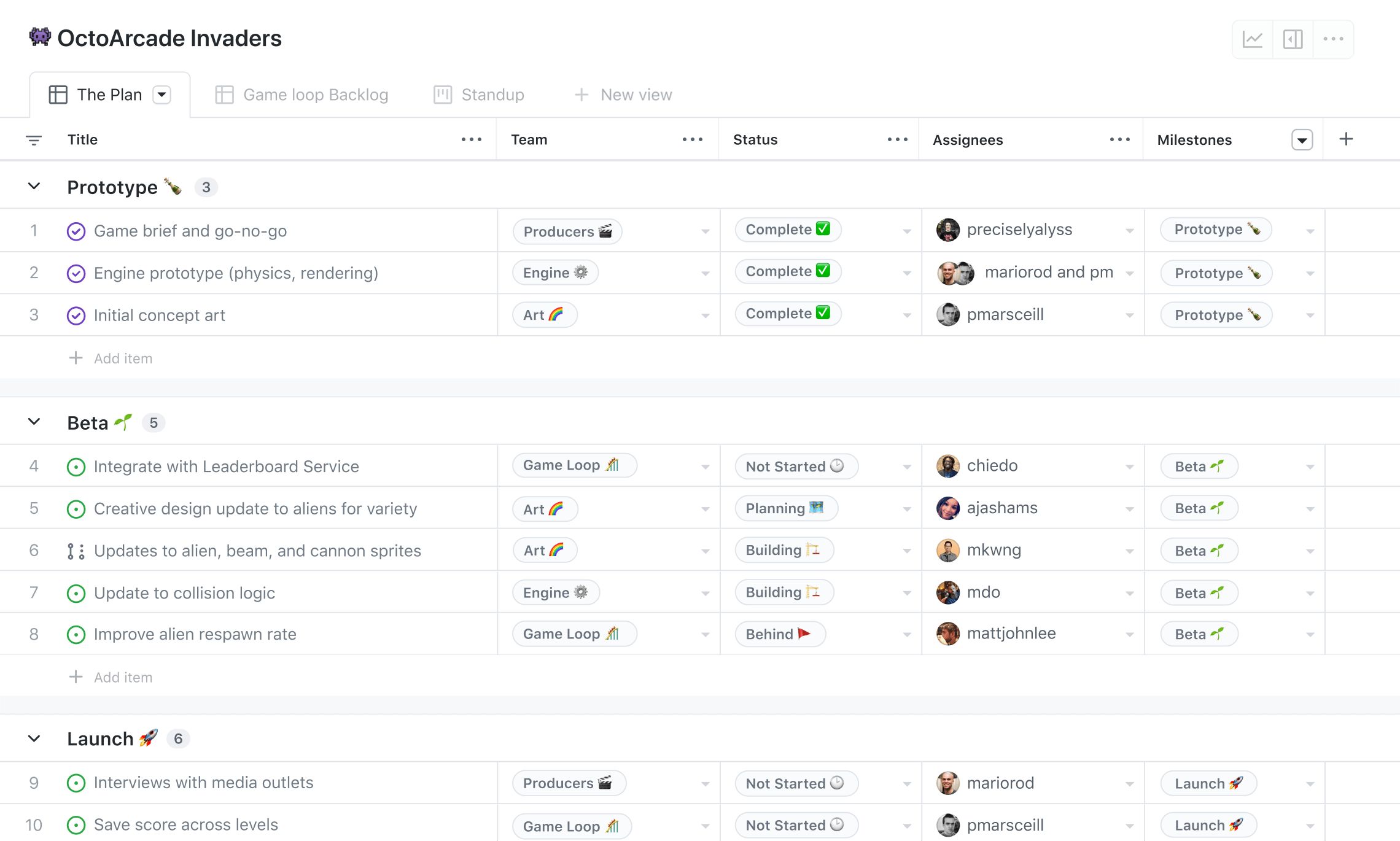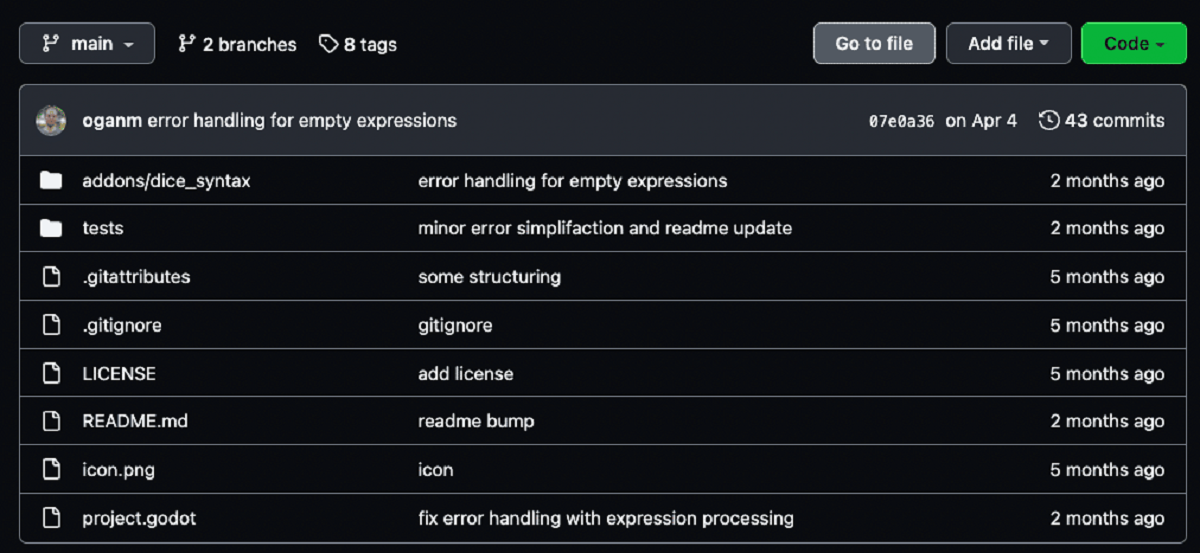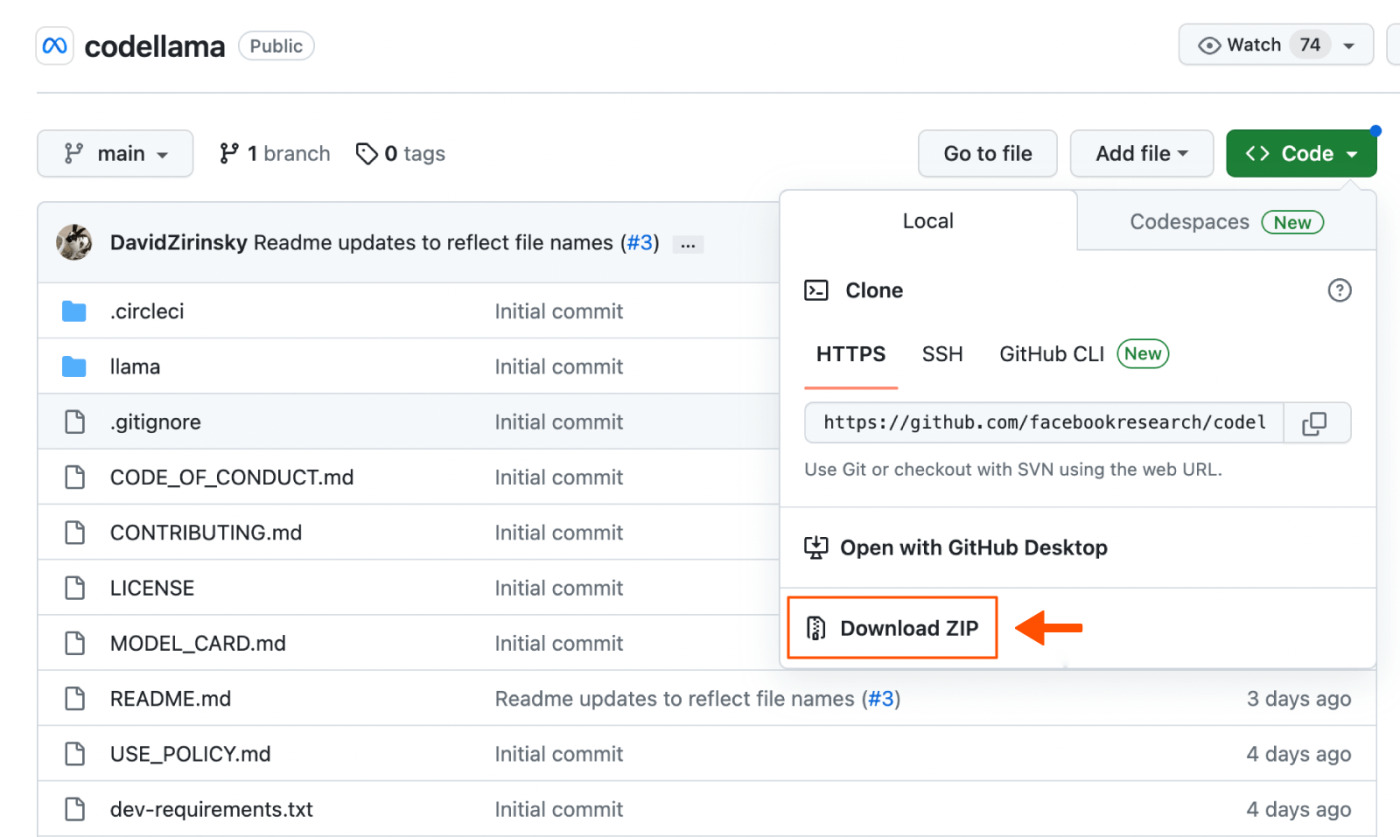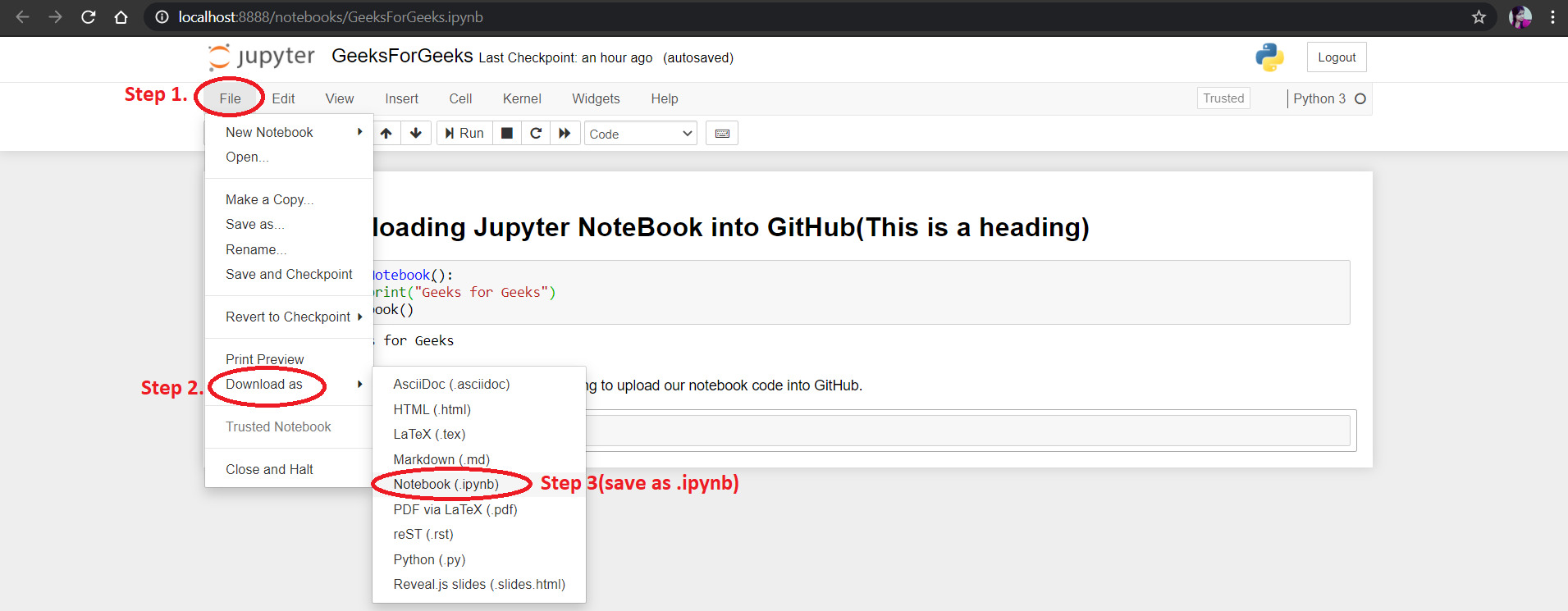Introduction
GitHub is a popular platform for hosting and sharing code repositories. Whether you are a developer, a designer, or just someone interested in exploring open-source projects, you may come across files on GitHub that you want to download and save on your device. Luckily, GitHub makes it easy to download files with just a few simple steps.
In this article, we will guide you through the process of downloading a file from GitHub. By following these steps, you’ll be able to quickly and efficiently obtain the files you need for your projects or personal use.
Before we dive into the steps, it’s important to note that GitHub provides different options for downloading files, depending on the file type and its location within a repository. In most cases, you can download individual files or entire repositories – a collection of files and directories.
Now, let’s get started with the step-by-step guide to download files from GitHub!
Step 1: Navigate to the file
The first step in downloading a file from GitHub is to navigate to the specific file you want to download. You can do this by following these simple instructions:
- Open your preferred web browser and go to the GitHub website (www.github.com).
- If you haven’t already, sign in to your GitHub account or create a new one.
- Once you’re signed in, locate the repository that contains the file you’re interested in. You can search for repositories using the search bar at the top of the GitHub page or browse through your own repositories or those of others.
- Click on the repository name to open it and view its contents.
- Navigate through the repository folders and directories until you find the specific file you want to download.
GitHub organizes files into directories, just like your computer’s file system. You may need to click on different folders to access the file you’re looking for. Take your time to explore the repository structure and locate the file you need.
Remember, GitHub repositories can contain various types of files, including source code files, documentation files, images, and more. Make sure you’re navigating to the correct file that you want to download.
Once you’ve successfully located the file, you’re ready to move on to the next step – opening the file!
Step 2: Open the file
Now that you have found the file you want to download, it’s time to open it. Here’s how you can do it:
- Once you are on the file’s page in the GitHub repository, you will see the contents of the file displayed on the screen.
- If the file is a text file or a code file, you can view its contents directly on the GitHub website. GitHub provides a clean and user-friendly interface for reading and exploring code files.
- If the file is an image or a non-text file, you will see a thumbnail preview of the file. Clicking on the thumbnail will open a larger preview of the file, allowing you to examine its contents in more detail.
- If the file is an HTML file, you can click on the file’s name to view the rendered HTML content in your browser. This is particularly useful if you want to see how a website or web page looks without downloading the entire repository.
By opening the file, you can ensure that it is indeed the file you are looking for. Take a few moments to review its contents, especially if it is a code file or an HTML file. This step will help you confirm that the file is relevant to your needs before proceeding with the download.
Now that you have opened the file and confirmed its relevance, it’s time to move on to the next step – downloading the file!
Step 3: Click on the “Download” button
After you have opened the file on GitHub and confirmed that it’s the one you want to download, the next step is to click on the “Download” button. Here’s how you can do it:
- Look for the “Download” button located near the top-right corner of the file page. It is typically displayed as a green button with the word “Download” written on it.
- Click on the “Download” button to initiate the download process.
When you click on the “Download” button, GitHub will start preparing the file for download. This may take a few seconds, especially for large files or repositories with multiple files.
Once the file is ready for download, your web browser will prompt you to choose the location where you want to save the file on your device. This leads us to the next step in the process – selecting a location to save the file.
Note that the “Download” button may appear differently depending on the type of file. For example, if the file is a text file or a code file, the button might be labeled as “Raw” or “View Raw” instead of “Download”. The functionality remains the same – allowing you to download the file to your device.
Now that you have clicked on the “Download” button, let’s move on to the next step and choose a location to save the file!
Step 4: Choose the location to save the file
After clicking on the “Download” button, your web browser will prompt you to choose a location on your device where you want to save the downloaded file. Here’s how you can select the location:
- A dialog box will appear on your screen, usually titled “Save As” or a similar name.
- Navigate to the directory or folder where you want to save the file. You can choose an existing folder or create a new one.
- Once you have selected the desired location, give the file a meaningful name. This will make it easier for you to identify and locate the file later. The file name should reflect the content and purpose of the file.
- Click on the “Save” or “OK” button to initiate the download process.
By selecting a specific location to save the file, you can keep your downloaded files organized and easily accessible. Choose a location that makes sense to you and aligns with your file management preferences.
It is also important to note that depending on your web browser settings, the file may be automatically saved to a default download folder without prompting you to choose a location. In such cases, you can locate the downloaded file in the default download folder specified by your browser.
Now that you have chosen the location to save the file, let’s move on to the next step and wait for the download to complete!
Step 5: Wait for the download to complete
Once you have chosen the location to save the file, the next step is to wait for the download to complete. The speed of the download will depend on the file size and your internet connection. Here’s what you can do while waiting for the download to finish:
- Observe the progress of the download in your web browser or any download manager you may be using. It will typically display a progress bar or percentage indicator to show you how much of the file has been downloaded.
- Avoid interrupting the download process by closing the browser or navigating away from the page.
- If you have a slow internet connection or a large file to download, you may want to be patient and allow the download to continue in the background. You can carry on with other tasks on your device while the file downloads.
During this step, it’s important to ensure a stable internet connection. If your connection gets disrupted or if the download fails for any reason, you may need to retry the download process from step 4.
Once the download is complete, you’re almost done! It’s time to move on to the final step and access the downloaded file on your device.
Step 6: Access the downloaded file on your device
Now that the download is complete, it’s time to access the downloaded file on your device. Here’s how you can do it:
- Open the file explorer or file manager application on your device. This may vary depending on the operating system you are using.
- Navigate to the location where you saved the downloaded file. This could be in the default download folder or the specific folder you chose in step 4.
- Look for the file with the name you specified during the download, or the default name if you didn’t change it.
- Once you find the file, you can open it using the appropriate software or application that is compatible with its file type.
Depending on the type of file you downloaded, you may need specific software or applications to access and utilize its contents. For example, if you downloaded a document or spreadsheet file, you can open it with a word processor or spreadsheet application.
If the file is a code file, you can open it in a code editor or integrated development environment (IDE) to modify, analyze, or compile the code. For images, you can use an image viewer or photo editing software to view and manipulate the image.
Once you have accessed the downloaded file, you can continue working with it according to your needs. You may edit its content, use it in your projects, or simply view the file to gain insights.
Congratulations! You have successfully downloaded and accessed the file from GitHub. Now you can make the most out of its contents and contribute to your projects or personal endeavors.
Conclusion
Downloading files from GitHub is a straightforward process that allows you to access and utilize code, documents, images, and more for your projects or personal use. By following the step-by-step guide outlined in this article, you can easily download files from GitHub and gain access to the valuable resources it offers. Here are the key takeaways:
- Navigate to the specific file you want to download by exploring the repository structure.
- Open the file to confirm its relevance and ensure it meets your requirements.
- Click on the “Download” button to initiate the download process.
- Choose the location where you want to save the file on your device.
- Wait for the download to complete, ensuring a stable internet connection.
- Access the downloaded file on your device using the appropriate software or application.
Downloading files from GitHub provides you with access to a vast array of resources, helping you learn, collaborate, and enhance your projects. Whether you’re a developer, designer, or simply curious about open-source projects, GitHub offers a rich repository of files waiting to be explored and downloaded.
Make the most out of this powerful platform and continue to expand your knowledge and skills by exploring the files available on GitHub. Happy downloading!










